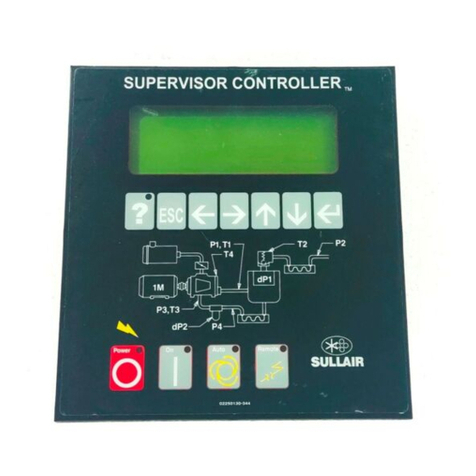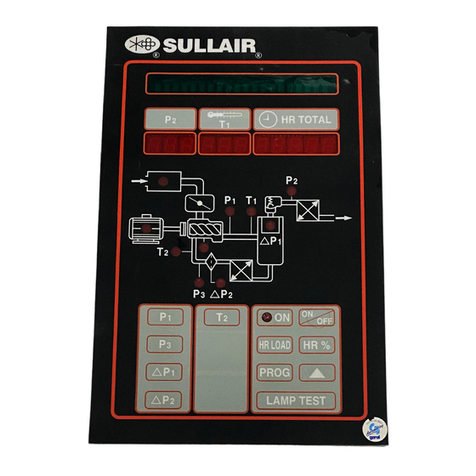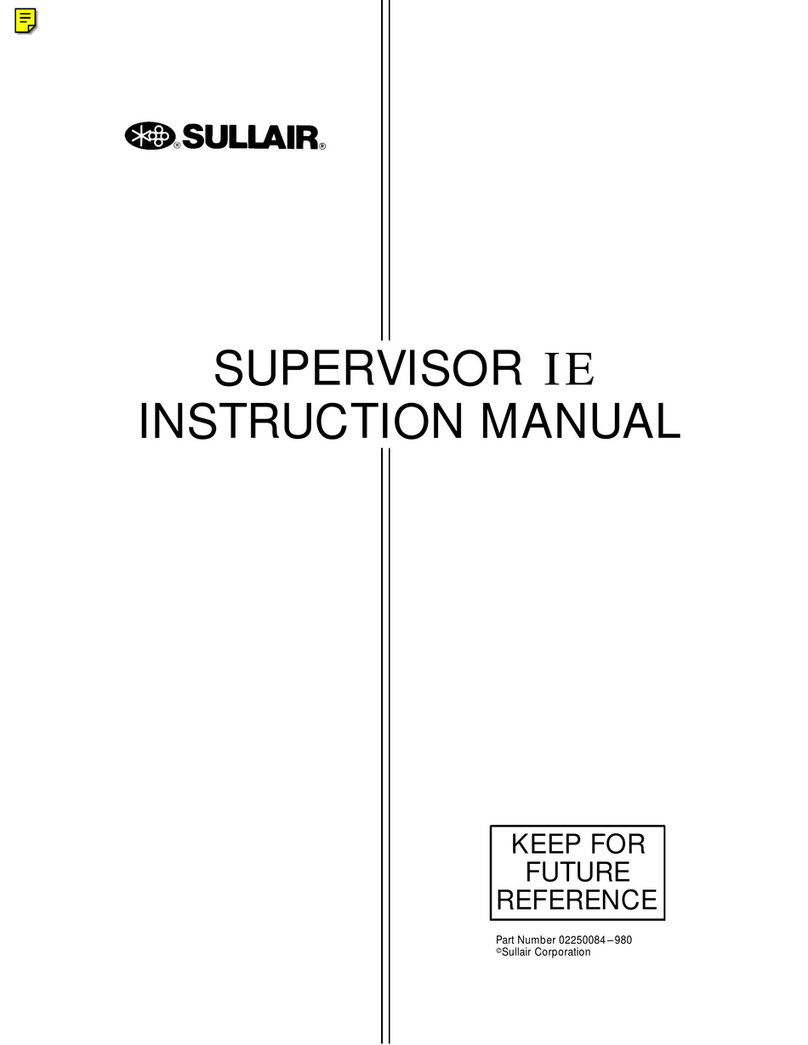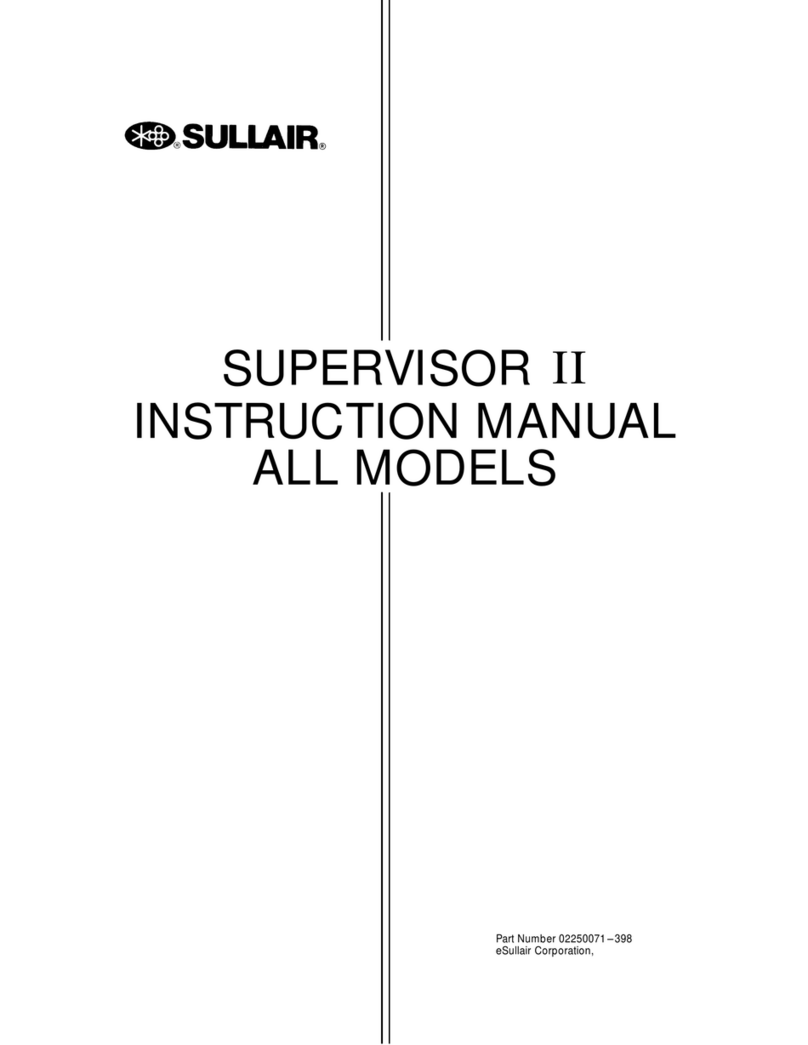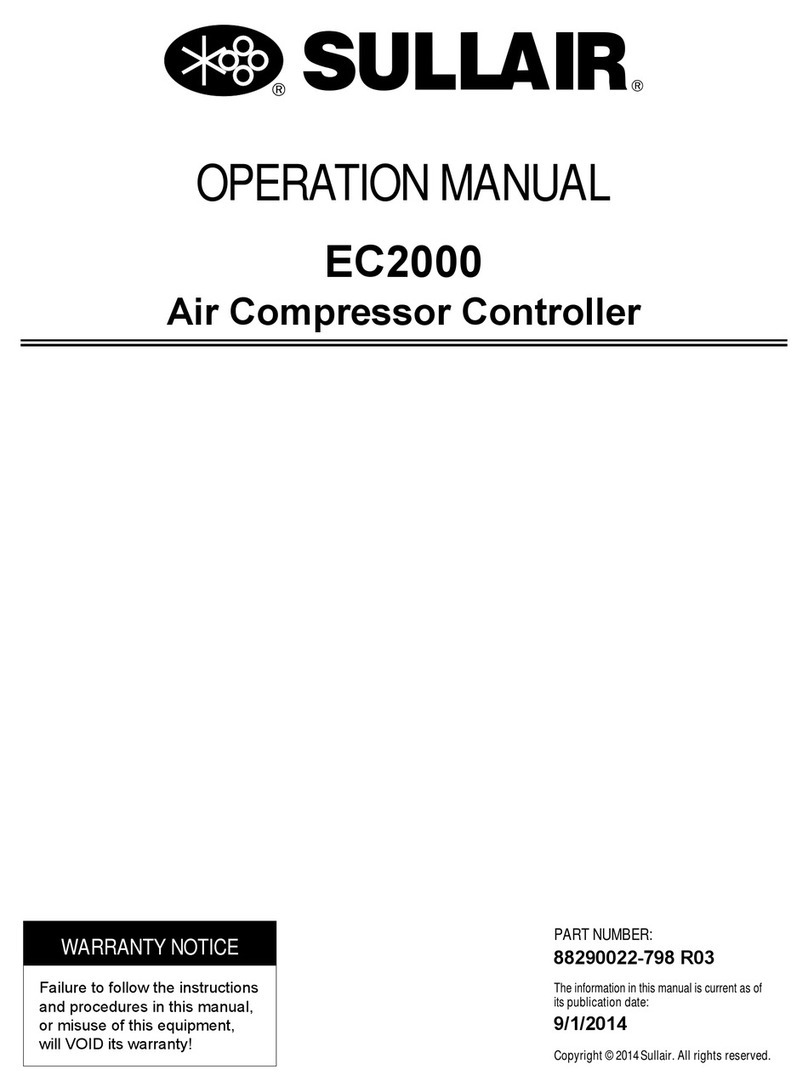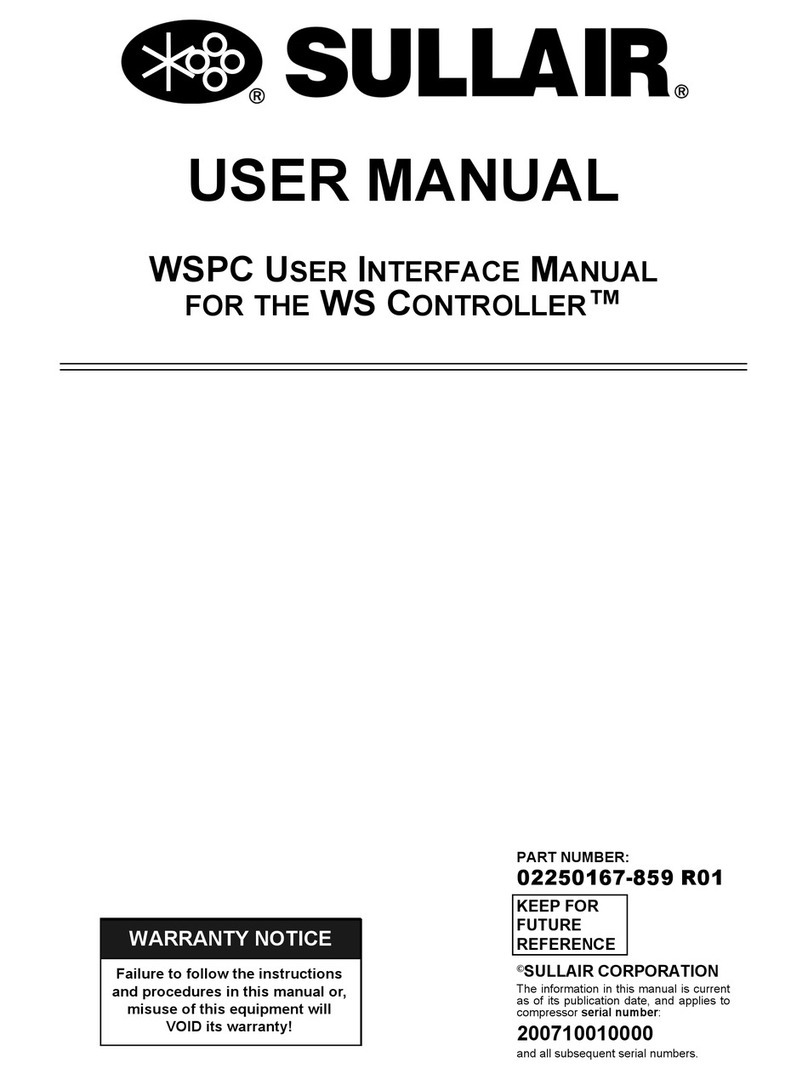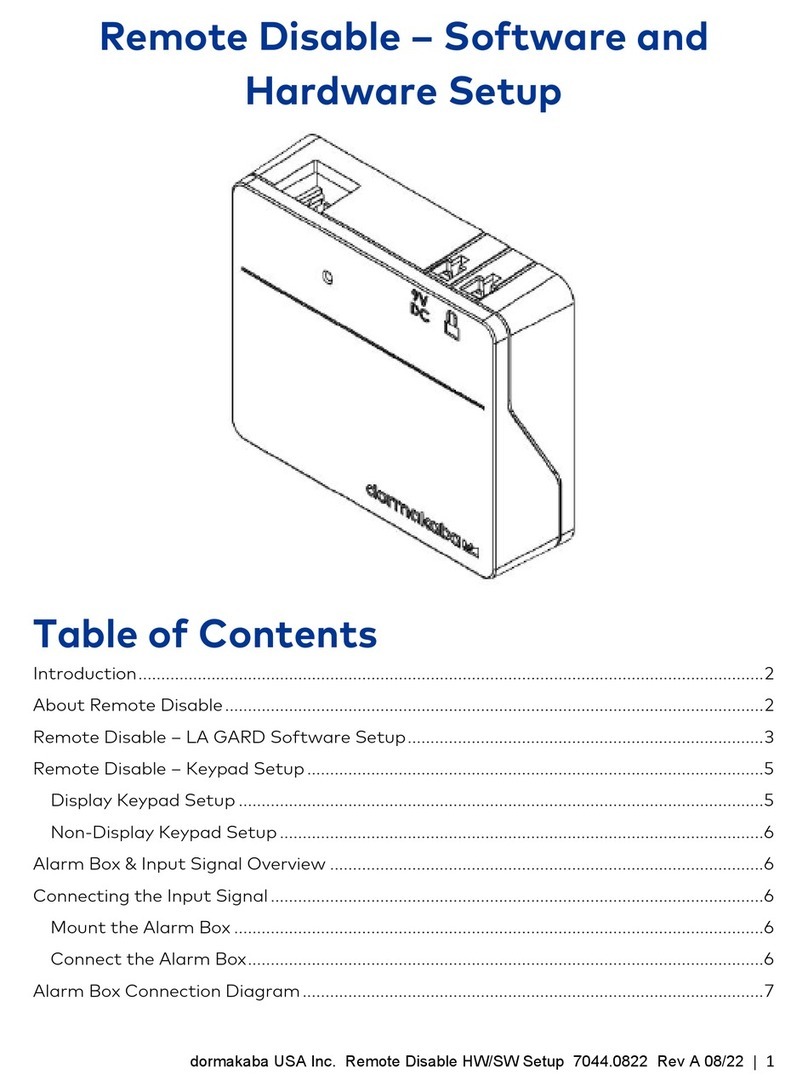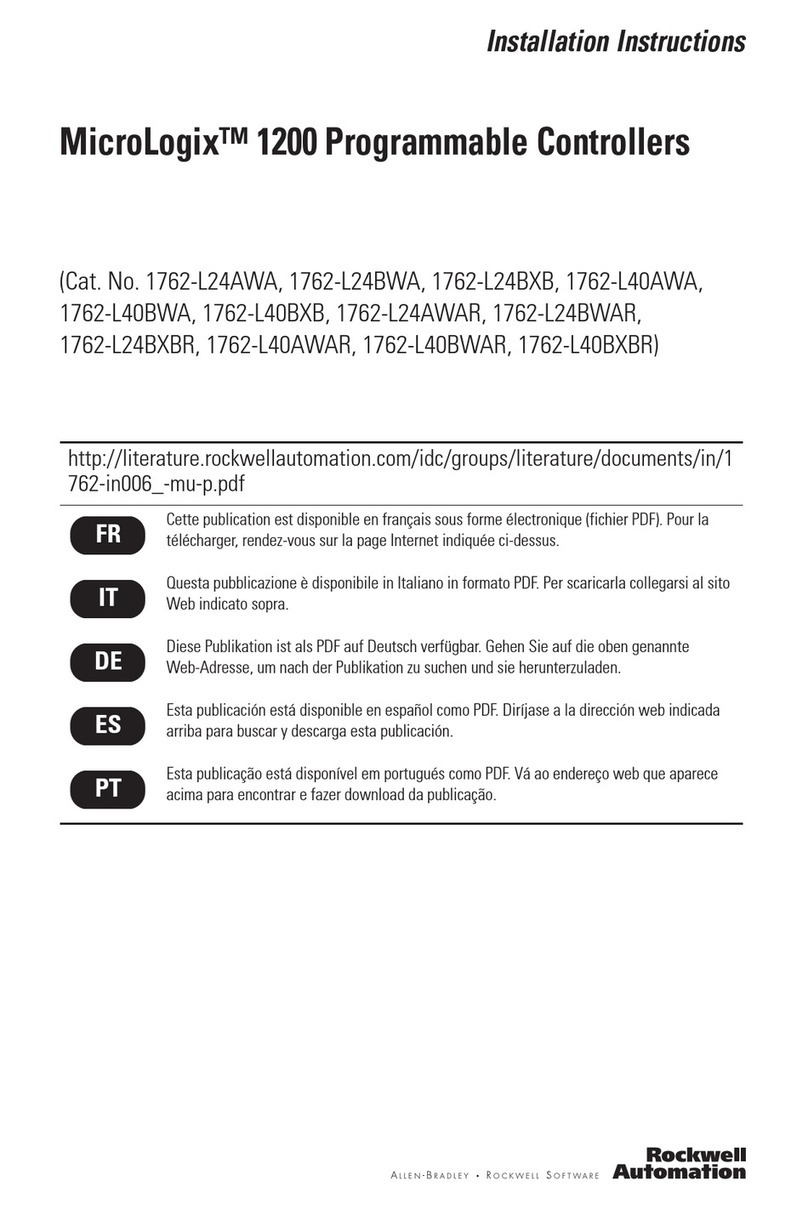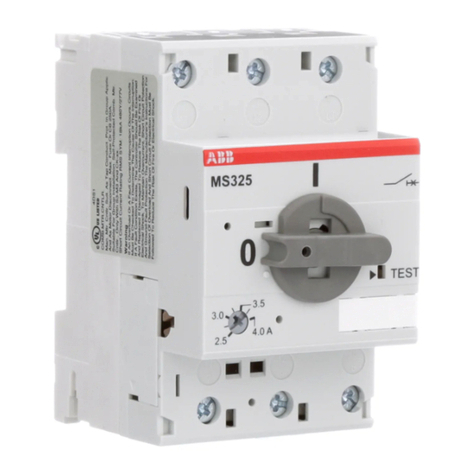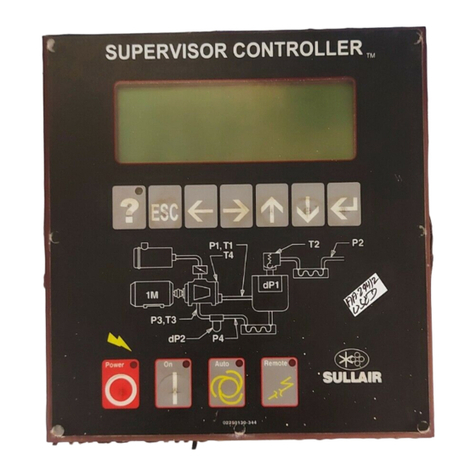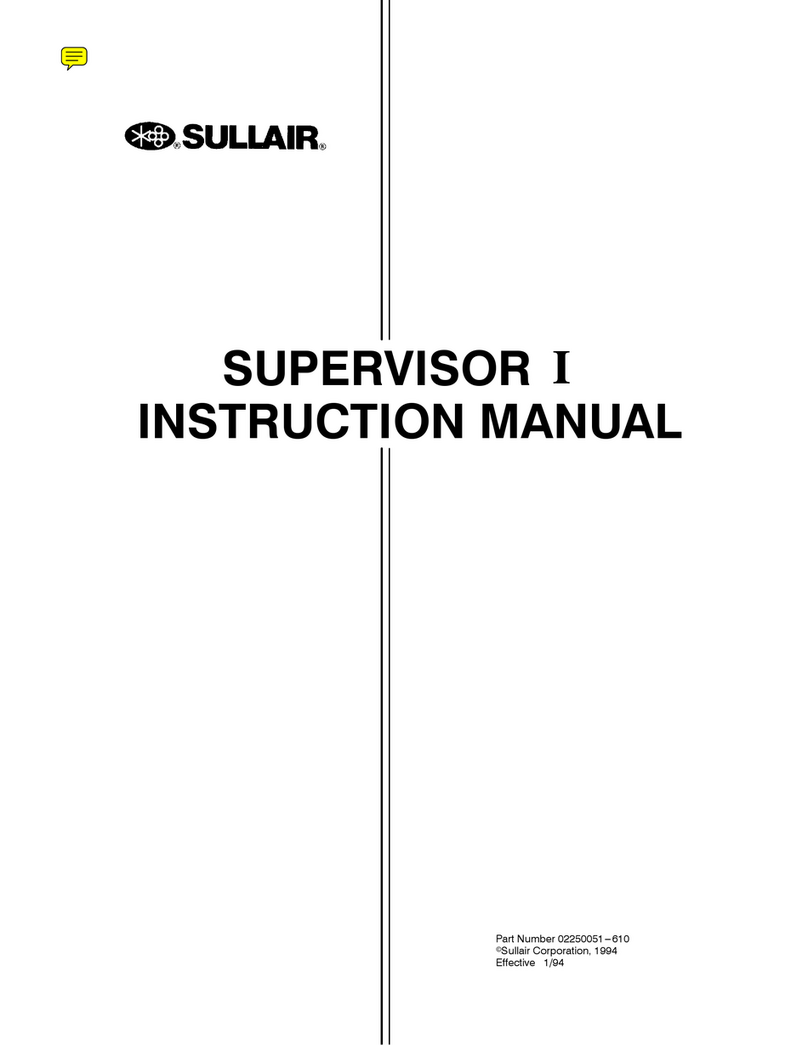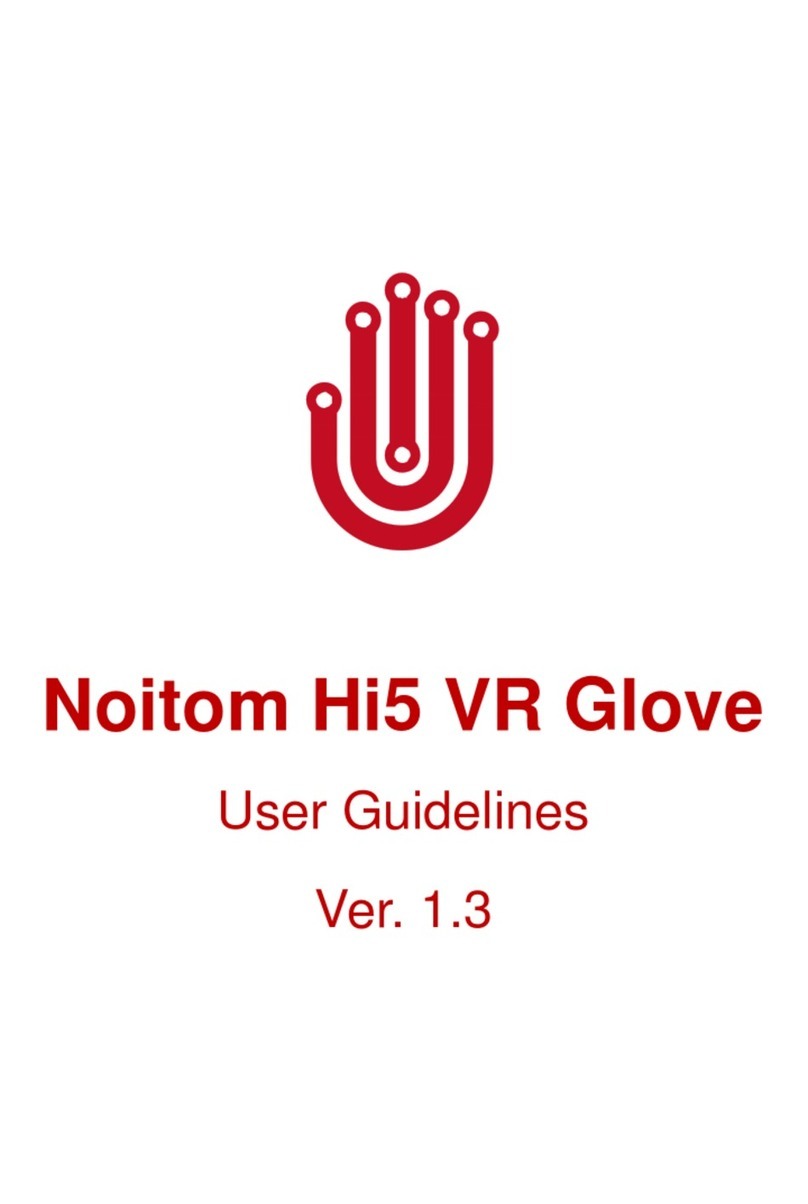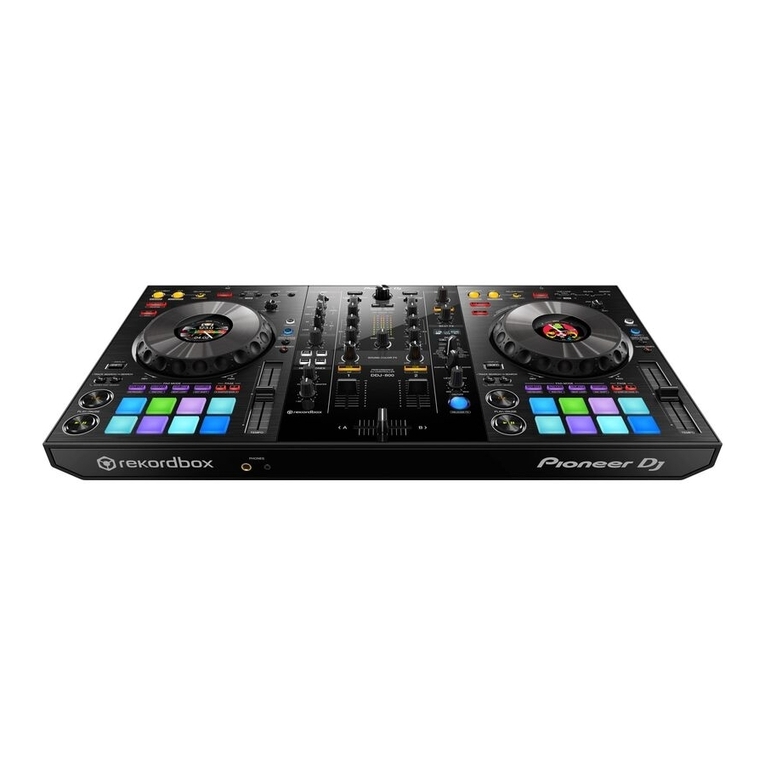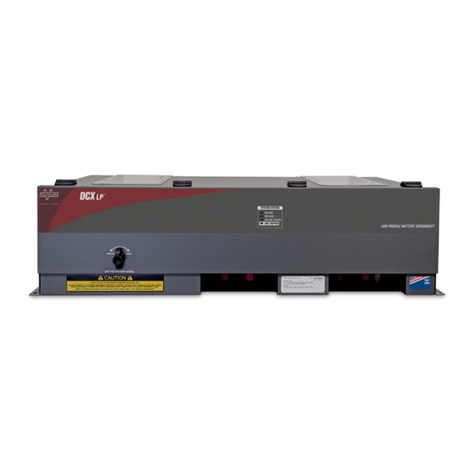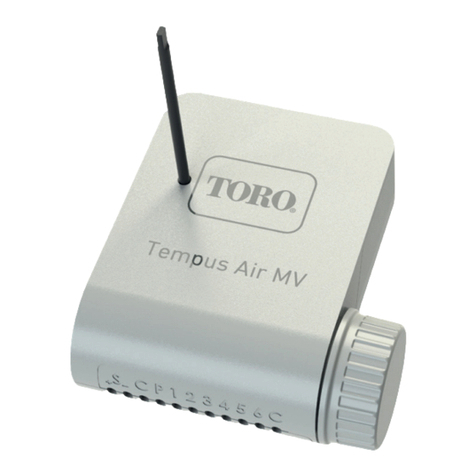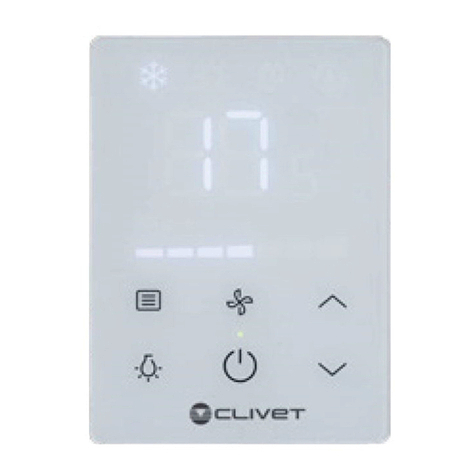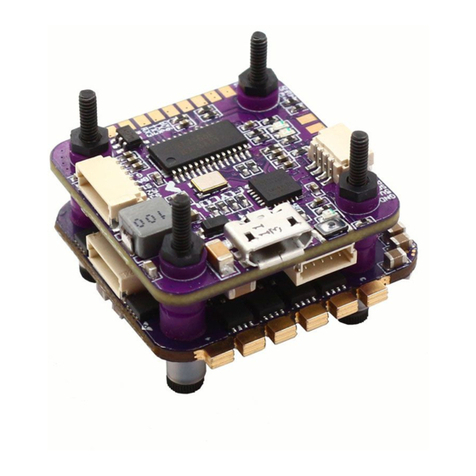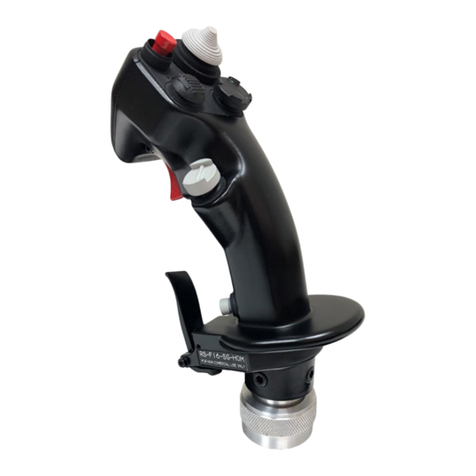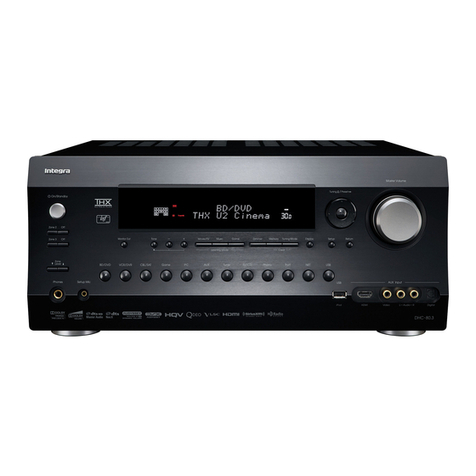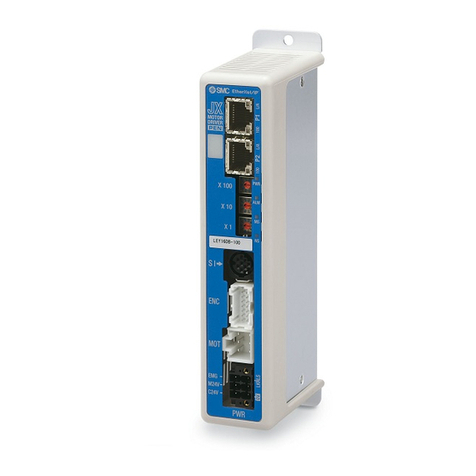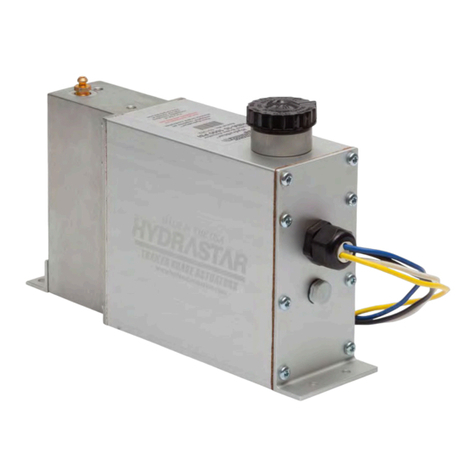
TABLE OF CONTENTS
1. SAFETY.............................................................................................................................................................. 1
1.1 INTRODUCTION....................................................................................................................................... 1
1.2 ELECTRICAL SHOCK .............................................................................................................................. 1
1.3 VARIABLE SPEED DRIVE........................................................................................................................ 1
1.4 DECALS.................................................................................................................................................... 1
1.5 EMERGENCY STOP ................................................................................................................................ 2
2. STARTUP PROCEDURES................................................................................................................................. 5
2.1 INTRODUCTION....................................................................................................................................... 5
2.2 WS CONTROLLER PANEL LAYOUT....................................................................................................... 5
2.3 WS START UP PROCEDURES ............................................................................................................... 6
2.3.1 COMPRESSOR MOTOR ROTATION DIRECTION CHECK (at installation)................................ 6
2.3.2 FAN MOTOR ROTATION CHECK (at installation) ....................................................................... 6
2.3.3 INITIAL START-UP AFTER INSTALLATION................................................................................ 6
2.3.4 SUBSEQUENT START-UP PROCEDURE................................................................................... 7
2.4 SHUTDOWN PROCEDURE..................................................................................................................... 7
3. ADJUSTMENTS ................................................................................................................................................. 9
3.1 INTRODUCTION....................................................................................................................................... 9
3.2 COMPRESSOR ADJUSTMENT PROCEDURES..................................................................................... 9
3.3 USER ADJUSTABLE CONTROL PARAMETERS.................................................................................. 10
3.4 CALIBRATION OF P2 PRESSURE TRANSDUCERS ........................................................................... 12
3.5 REMOTE UNLOAD................................................................................................................................. 12
4. WS CONTROLLER DESCRIPTION................................................................................................................. 13
4.1 INTRODUCTION..................................................................................................................................... 13
4.2 TOUCH PAD BUTTON DESCRIPTION.................................................................................................. 13
4.3 INDICATOR LED DESCRIPTION........................................................................................................... 13
4.4 DISPLAY SCREEN................................................................................................................................. 14
4.4.1 NORMAL VIEW ........................................................................................................................... 14
4.4.2 COMPRESSOR STATUS VIEW ................................................................................................. 14
4.4.3 COMPRESSOR ADJUSTMENT VIEW – CONTROL PARAMETERS........................................ 15
4.5 OPERATING MODES............................................................................................................................. 15
4.6 OPERATING STATES............................................................................................................................ 16
4.7 NORMAL VIEW SERVICE REMINDERS............................................................................................... 18
4.8 WARNING MESSAGES.......................................................................................................................... 18
4.9 FAULT MESSAGES................................................................................................................................ 19
5. TROUBLESHOOTING...................................................................................................................................... 21
5.1 TROUBLESHOOTING INTRODUCTION ............................................................................................... 21
5.2 TROUBLESHOOTING GUIDE................................................................................................................ 22
5.3 MACHINE BEHAVIOR AFTER A POWER Interruption.......................................................................... 24
TELEPHONES, FAX AND ADDRESSES.......................................................................................... BACK COVER
OPERATOR IS REQUIRED TO READ
ENTIRE INSTRUCTION MANUAL




















